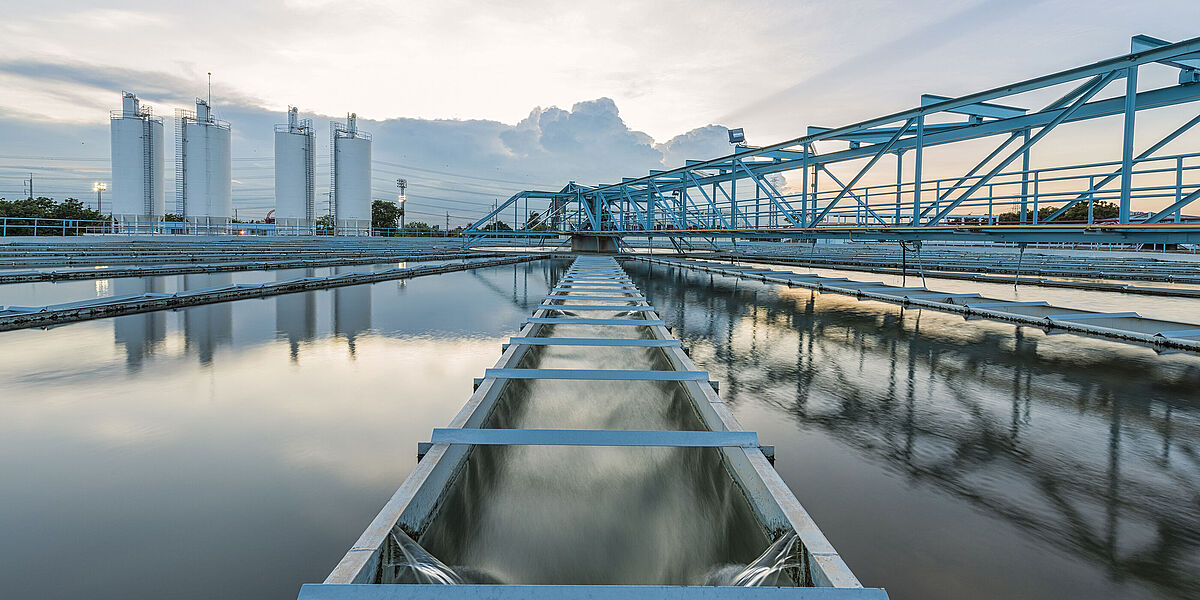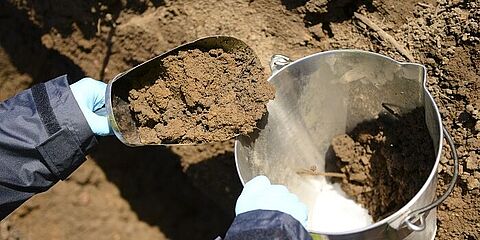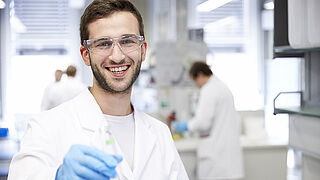Pharmaceutical residues in phosphorus recyclates from sewage sludge
Until now little has been known about drug residues in sewage sludge and in the phosphorus recycling products produced from it. This resulted in a data gap. However, the first steps towards an assessment of this drug contamination have now been taken within the framework of a study of the German Federal Environment Agency (UBA) in cooperation with the Fraunhofer Institute for Environmental, Safety and Energy Technology UMSICHT and WESSLING. The results show that recovery processes with a thermal process can greatly reduce drug residues. In other cases reduction rates in the other processes can differ significantly.

Drug residues are discharged into wastewater by humans. This is due to the fact that firstly active ingredients of the drugs are not completely broken down in the body, and secondly because drugs are improperly disposed of in the toilet. According to UBA, however, there were gaps in the data on the quantity and composition of drug residues in phosphorus recyclates from sewage sludge and the environmental risks associated with them. The study therefore examined the recyclates from different phosphorus recovery technologies, including precipitation and crystallisation processes, a thermal and melting metallurgical process, and three carbonisation technologies. Since the carbonisation of sewage sludge is increasingly being discussed, these processes and their carbonisates were explicitly included in the investigation.
The study concept and implementation were provided by Fraunhofer UMSICHT, WESSLING supported through sampling, method development and subsequent laboratory analysis. The samples from the facilities were tested for eleven active pharmaceutical ingredients, including antibiotics, antihypertensives and painkillers.
Reduction of drug contamination in sewage sludge
As a result, all technologies achieved a significant reduction in drug contamination compared to sewage sludge, however, there are differences in the reduction rates. This is particularly so in the thermal processes, in which temperatures of 400 to 500 degrees Celsius are used. Here, no more active pharmaceutical ingredients could be detected.
In a workshop, representatives of the Federal Ministry for the Environment, Nature Conservation and Nuclear Safety, the Federal Environment Agency, technology developers and plant operators discussed the results to derive concrete recommendations for action. These include continuous sewage sludge monitoring for drug residues and the introduction of quality standards for P recyclates.
More information for download
Your contact person on the subject of pharmaceutical residues in sewage sludge
We will be happy to support you.
- Kai Dexheimer
- +49 2505 89-0
- kai.dexheimer@wessling.de




